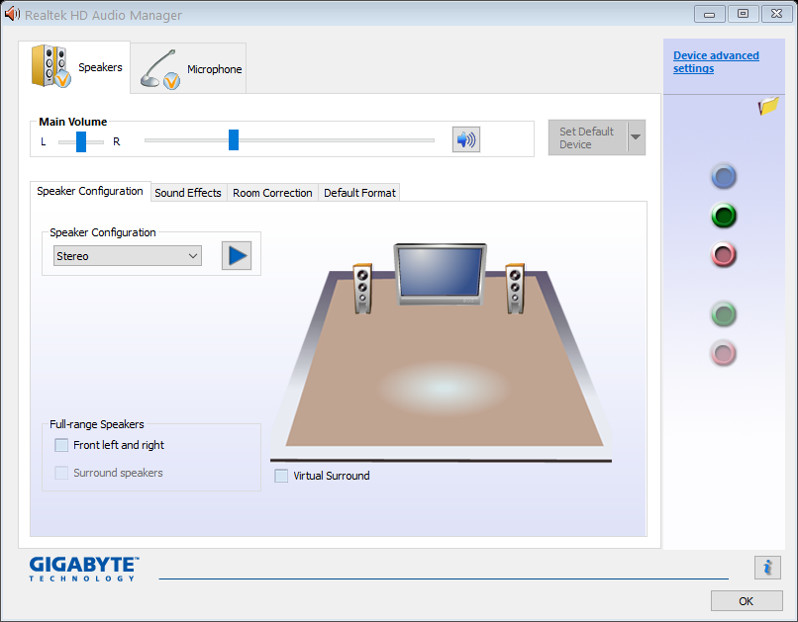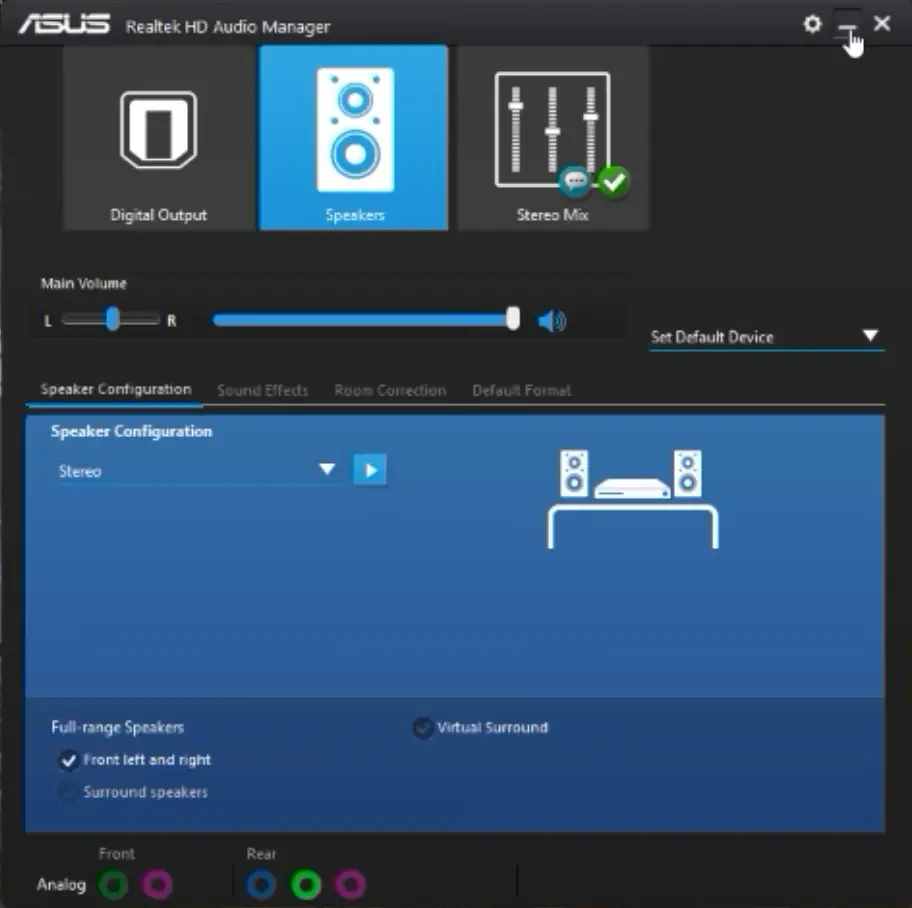

Whether PCI Express 3.0 is supported depends on CPU and graphics card compatibility. (The PCI Express x16 slot conforms to PCI Express 3.0 standard.)

To configure 7.1-channel audio, you have to use an HD front panel audio module and enable the multi-channel audio feature through the audio driver. To support XMP memory, you must install an Intel 22nm (Ivy Bridge) CPU. Supporto per Extreme Memory Profile (XMP) memory modules

Supporto per DDR3 1333/1066/800 MHz memory modules Uninstalling NVIDIA High Definition AudioĪnd so on, so I can't manage to solve it.Supporto per Intel Core i7 processors/Intel Core i5 processors/ Intel Core i3 processors/Intel Pentium processors/Intel Celeron processors in the LGA1155 packageĢ x 1.5V DDR3 DIMM sockets supporting up to 16 GB of system memoryĭue to a Windows 32-bit operating system limitation, when more than 4 GB of physical memory is installed, the actual memory size displayed will be less than the size of the physical memory installed. Installing Audio Jack Service from my mainboard facture (GIGAByte) resulting into error 1920. (64 bits) Adding the driver as a legacy hardware, resulting into a BSOD. It's creating a Realtek folder only in Program Files (x86), not in the normal Program Files and like I said, there is nothing in the device manager.ĭowngrading Windows 10 versions from : 20H2 to 2004, 1909, 1908, 1903 currently using 1809. In device manager, there is no other thing then my headphones (Razer Kraken 7.1 V2) and High definition audio manager, which was NVIDIA high definition something. (Need to say that the jacks worked just fine then after reinstalling my windows)įrom my thoughts I think I need to install the Realtek HD Audio Drivers or something, but they are not installing properly. It's a jack device and it's not detecting it, neither my speakers, only my headphones which they are USB. I recently bought a new microphone for my setup like 4 days ago and since then, I am trying to make it working, and it's giving me a lot of headaches.


 0 kommentar(er)
0 kommentar(er)
